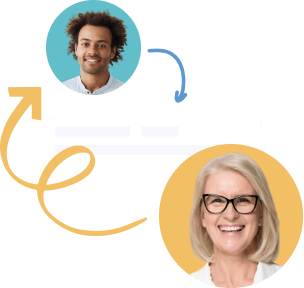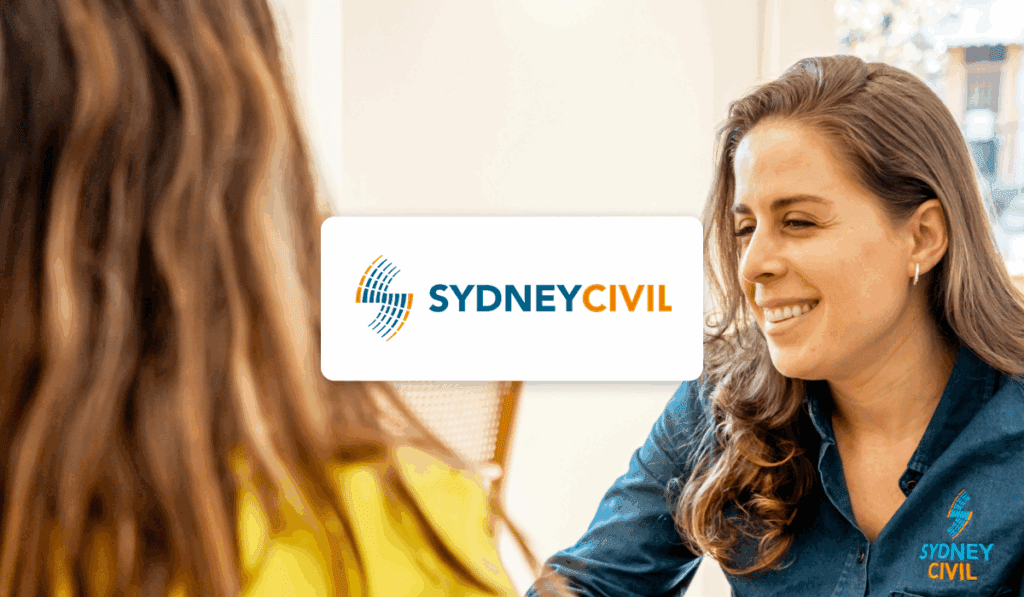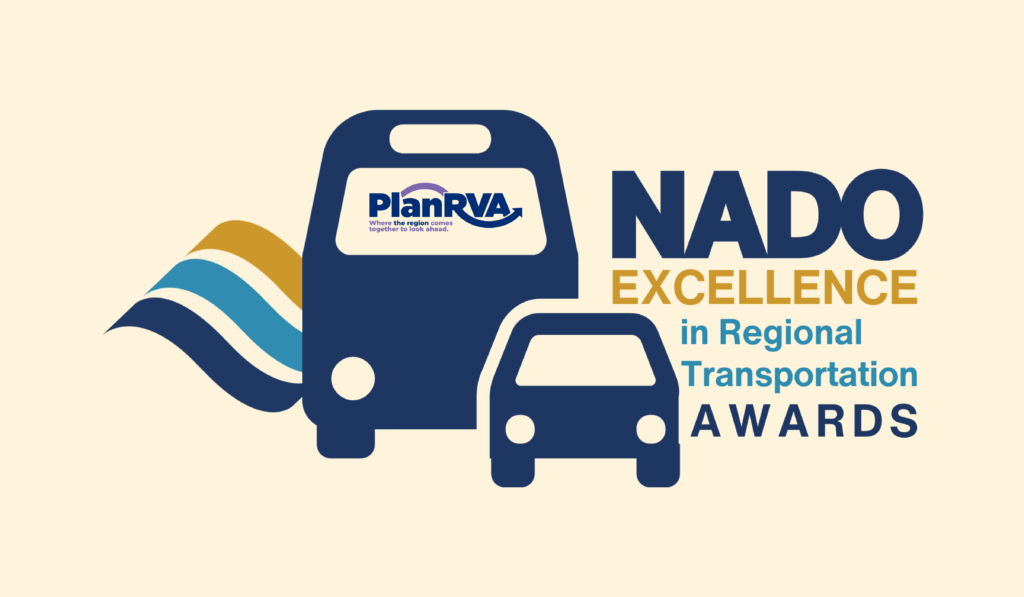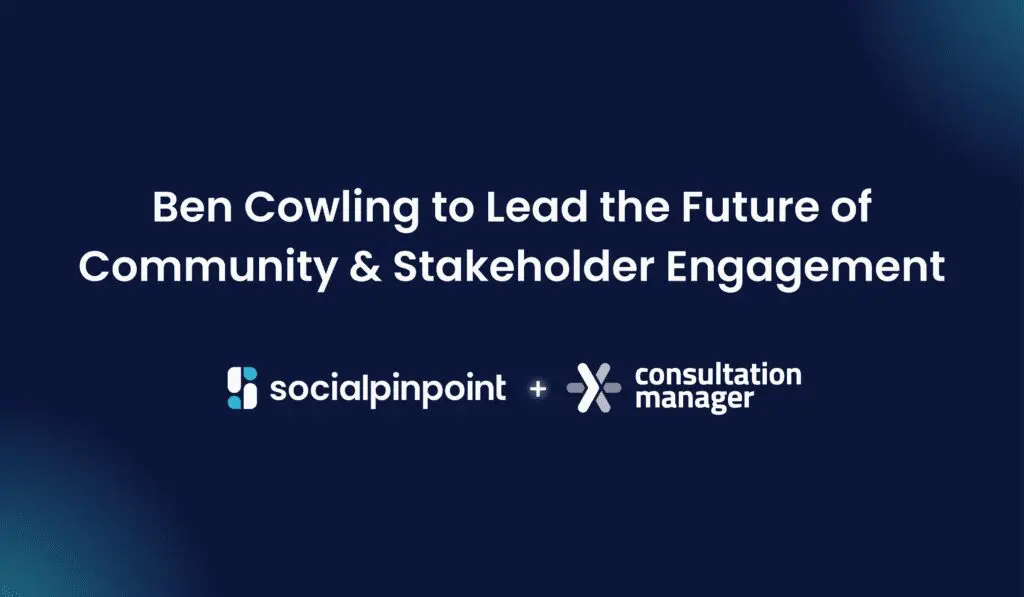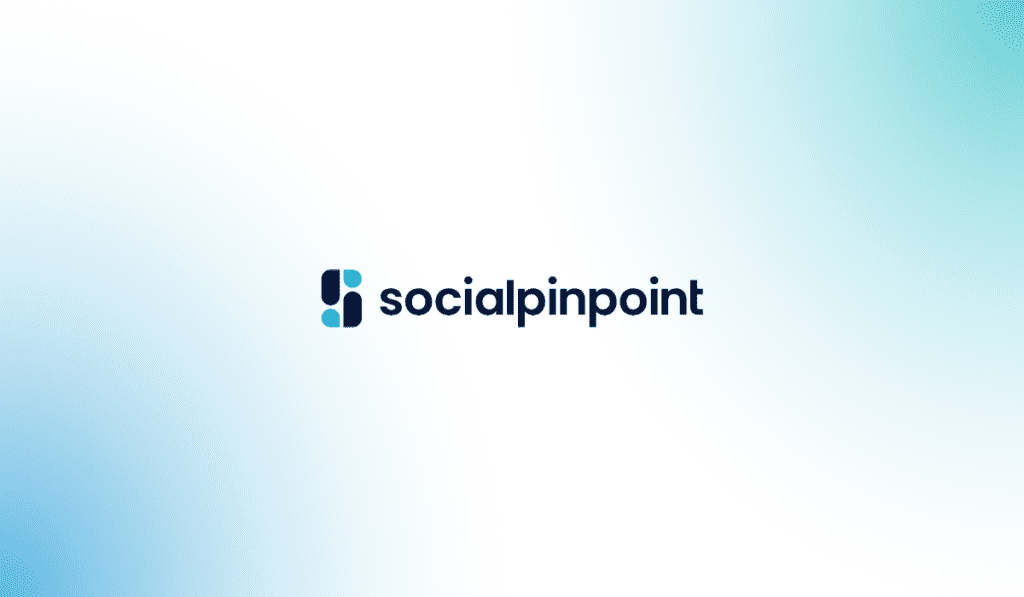The first step in any engagement consultation is to identify your stakeholders. The best way to do this is to reach out to various groups that will have input on who these stakeholders should be.
It’s not just the people who are answering questions about the area, it’s not just the people who are helping to put a project together, it’s a myriad of individuals working hard for a common goal, and putting those pieces together means that we have to honestly determine what we want to accomplish.
There are four groups of people who need to be involved in identifying a project’s stakeholders to make it a success, with each one having varying levels of importance.
The Consultants
Consultants are often individuals or companies hired to work with an organization or city to help accomplish a goal of determining what exactly those involved in an area think about a project, but also they’re often tasked with determining the best way to gather that data. They’re often looked to as experts in their fields but most professional consultants understand that it is never a one size fits all type of situation. Before working with a consultant look into past projects and see if they involve similar areas or fields. Those most familiar with a certain type of project are often the best for finding a project starting point but also being flexible when it comes to execution.
The Community Members
Residents are the most important part of any consultation mainly because they’re going to be the ones giving the feedback we need to formulate and execute any plan. There are two types of residents of a community – Primary, who are those that live in an area and spend most of their time in that one location, secondary who are those that may just come to work or shop but return to another area for their primary residence. Before you begin a project make sure you know which type of member you want to gain feedback from and how to differentiate between the two.
Technology Specialists
Tech specialists are the people who offer tools needed to gather and analyze data and help consultants get the most out of their interactions. They’re the ones that have seen thousands of projects, and can often tell you what they’ve seen work, how it was accomplished, as well as what hasn’t in the past. Having the right tools for the projects is vital when just discussing an engagement because it’ll help structure the conversation from the onset, but don’t forget you only get out of the tools what you put into them.
Organizational Peers
These are people who have common goals and visions for the desired outcome. Reach out to these people and organizations sooner rather than later. They can tell you about the community at large, what they’ve seen, who to speak with, and other opportunities that might have taken you months to find out. Make sure that when you do reach out, find a way to collaborate and work together with resources as much as possible, have people in the community that members already know and trust will put you light years ahead when you’re ready to begin outreach.
While every single project is different, the basis of identifying your stakeholder should always involve a core group of individuals with different skills coming together to lift voices and empower the people around them, and that is what makes community engagement more vital than ever.

